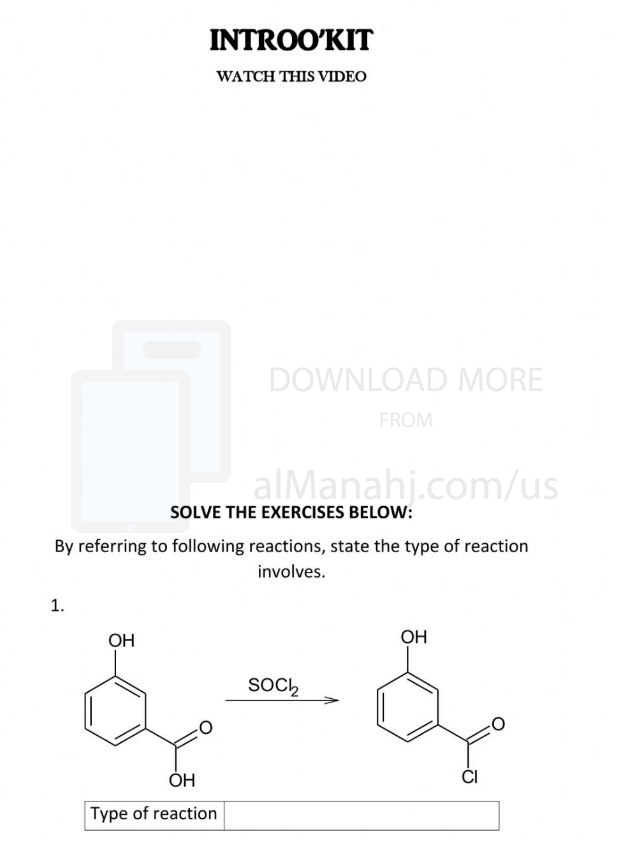| You are here: Almanahj Website ⇒ American curriculum ⇒ 12th Grade ⇒ Chemistry ⇒ Term 1 | ||
|---|---|---|
Worksheet about Introduction to organic chemistry | ||
|---|---|---|
| Subject: Chemistry | ||
| 12th Grade | ||
| Term 1 | ||
| Year: 2023/2024 | ||
| Size: 248.5KB | ||
| Number of clicks: 133 | ||
| Publish date:November 06, 2023 | ||
| Added by: Eman | ||
| Last download date: 2024-09-07 02:26:50 | ||
| Updated by: Eman9966 on 2023-11-06 05:14:38 | By: theodor VINARTI | |
| File info: Introduction to organic chemistry is a branch of chemistry that focuses on the study of carbon-containing compounds and their properties, structures, reactions, and synthesis. Here is a description of the subject: Organic chemistry is concerned with the chemistry of carbon and its interactions with other elements, particularly hydrogen, oxygen, nitrogen, and halogens. Carbon is unique in its ability to form a wide variety of compounds due to its versatile bonding capabilities. These compounds play a vital role in many aspects of life, including pharmaceuticals, plastics, fuels, and natural products. The study of organic chemistry begins with understanding the basic principles of bonding and molecular structure. This includes learning about hybridization, molecular orbital theory, and the concept of functional groups. Functional groups are specific arrangements of atoms within a molecule that determine its reactivity and chemical behavior. Organic compounds are classified into different families based on their functional groups, such as alkanes, alkenes, alkynes, alcohols, ethers, aldehydes, ketones, carboxylic acids, esters, and amines. Each functional group has unique properties and characteristic reactions. Understanding the properties and reactivity of these functional groups is essential for predicting and understanding the behavior of organic compounds. In addition to functional groups, organic chemistry also involves the study of reaction mechanisms. Reaction mechanisms describe the step-by-step pathways by which organic compounds undergo chemical transformations. Mechanisms involve the breaking and formation of chemical bonds, as well as the movement of electrons. Understanding reaction mechanisms allows chemists to predict the products of chemical reactions and develop strategies for synthesizing organic compounds. Organic chemistry also explores various spectroscopic techniques used to identify and characterize organic compounds. Spectroscopy involves the interaction of compounds with electromagnetic radiation, such as infrared (IR) spectroscopy, nuclear magnetic resonance (NMR) spectroscopy, and mass spectrometry. These techniques provide valuable information about the functional groups, connectivity, and structural features of organic molecules. Practical laboratory work is an integral part of organic chemistry. Students learn techniques for synthesizing, purifying, and analyzing organic compounds. This hands-on experience helps develop skills in performing organic reactions, handling chemicals safely, and interpreting experimental results. Overall, an introduction to organic chemistry provides a foundation for understanding the behavior and properties of carbon-based compounds. It is a fascinating field that bridges theory and applications, and its principles are essential for various scientific disciplines, including medicine, pharmacology, materials science, and biochemistry. | ||
| Downloading link Worksheet about Introduction to organic chemistry |
|---|
|
1699247638.pdf
The file is being prepared for download
|
| File images |
|---|
 |